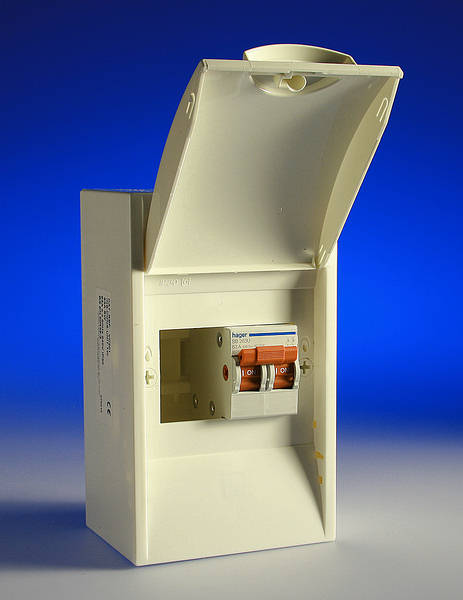K
kai
Using a din-rail mounting isolation switch (the sort you can find in CU's) seems a better option for a shower isolation device (if there is an airing cupboard adjacent the bathroom) - It's easier to just open the front of the enclosure to tighten up the terminals yearly, than messing around with a traditional shower switch - there is no need to continually flex the cables every year, with the risk of breakage of the cores, as would happen with a traditional shower switch. 


Now if someone will invent a White coloured din-rail box, that will be great - as it will mark the end of the traditional shower switch, with all the pushing and twisting to get the cores into the back box enclosure....


Now if someone will invent a White coloured din-rail box, that will be great - as it will mark the end of the traditional shower switch, with all the pushing and twisting to get the cores into the back box enclosure....


